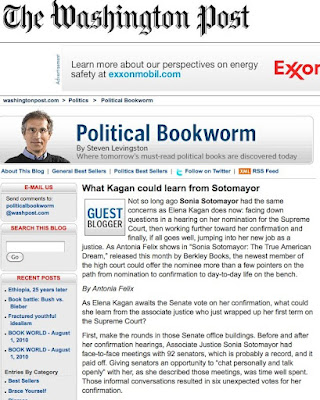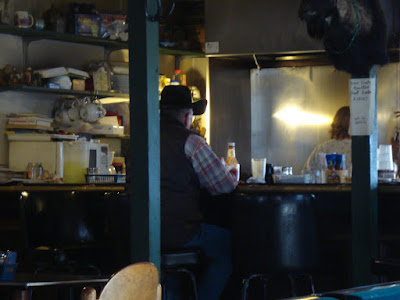
Flint Hills ranchers William Browning and Bill Sproul (Photo:
Antonia Felix)
Crèvecoeur’s farmer was a community builder, a fusion of pragmatist and visionary as dedicated to the public good as to his personal economy. He was optimistic, connected to the land and socially responsible. The other American was the frontier renegade: footloose, antisocial and, as Western writer Wallace Stegner describes him, “impatient of responsibility and law.” The wild loner embraced freedom in a coarse cloak of self-interest.
The remnants of those types live today in Midwestern- and Wild West-oriented Kansans who approach nature and the environment either as something to respect and defend or to abuse and exploit. In the middle are the numb and indifferent.
This Thanksgiving, I look back with gratitude at the many people I’ve spoken to about the land, wildlife, energy options and green economic opportunities in this state. Each of them can be associated with one of the frontier forebears and each has taught me where we are and where we may be headed.
Some descend from the renegade line, focused on short-term self-interests such as building more coal plants because it’s cheaper than investing in a sustainable-energy infrastructure. The rugged individualism of this type, which made colorful stories in the Eastern newspapers 250 years ago, lives on in individuals as well as energy corporations that are invested with all the rights of human beings but assume none of the responsibilities unless a government regulation requires it.
I have learned first-hand that the land-loving, socially conscious farmer type is also alive in people from all over the state, such as homeowners who have released their white-knuckle grip on the status quo and eased up on their energy use. In scientists at universities and government agencies who commit their careers to finding solutions to the challenges facing the prairie eco-structure. And in ranchers who break with tradition to employ the more sustainable method of patch burning and grazing.
The community-oriented, visionary type lives strong in the ranchers who spend their savings on legal costs in order to defend their conservation efforts in court. They believe that fighting for habitat and endangered species is a good fight and sometimes they win.
This type also lives on in energy-efficient construction experts who helped rebuild tornado-leveled Greensburg as a model green community and who are spearheading a high-efficiency movement that will one day be recognized as a revolution.
I am grateful for them all, and for the generous and passionate collaborators I’ve met who work on behalf of land and wildlife in groups like Audubon of Kansas and the Tallgrass Legacy Alliance.
All of these cousins in the lineage of community-nurturing farmer types whose sense of social responsibility extends from family to town to the natural habitat upon which everything is housed and depends, have nature on their side.
The lessons of nature—diversity, cooperation and interrelatedness—show us the way to thrive in this wondrous place. To see that thriving toward the common good as a way of life in so many around us is truly something to be grateful for.




























